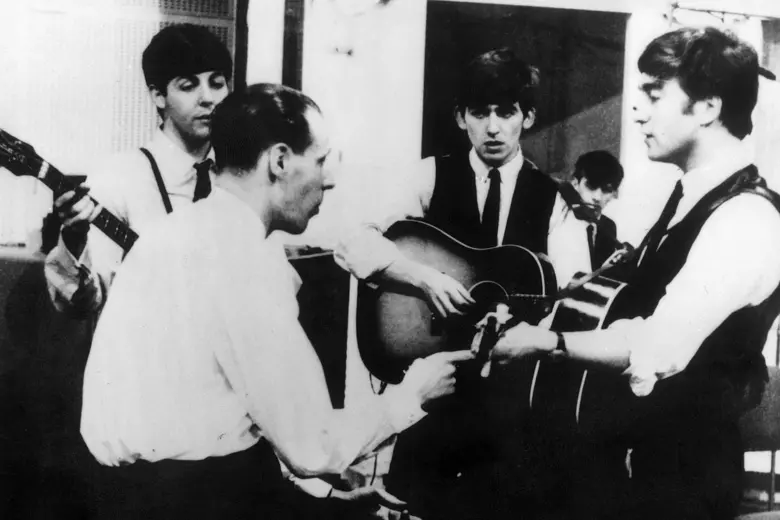The role of the bassist in a band is the sonic link between the rhythmical and melodic elements of any band. With drums, it provides the backbone. In addition, the traditional function of the bass guitar is to flesh out any bands’ sound. By being played in such a way that the percussive elements of the instrument reinforce and supplies power and groove. This can apply to a busy rock or funk drum beat for example. The instrument especially brings the thunder to any live performance. This is specifically highlighted at live music concerts. When amplified and run through a decent sound rig, the very ground can be felt to resonate. With the lower frequencies sounding upon the lightest touch of any of the four strings of this fascinating instrument.
How Low Can You Go
Rhythmically the bassist’s priority is to lay down a grounding and often more constant rhythm. This is brought about through purposeful repetition, to a song in conjunction with the drummer. Hence the term for a bassist and drummer as the ‘rhythm section’ of a band. The simpler the rhythm repeated the more a live audience can hold onto the atmosphere of a song. This is something that a good rhythm section will always bear in mind.
The lower range of the bass guitar melodically should ideally support the more intricate melodies produced by the higher range instruments. The almighty electric guitar is a great example. And one might go as far as to suggest that it can be used to great effect to support vocal phrases. The further the range of the vocal from the range of the bass phrase being played to support it, the more these two musical elements in a band can complement each other in a series of counterpoint bars. This is often done to great effect.
If such intricacy is purposely co-ordinated and executed flawlessly using the bass guitar to lay down a solid foundation of rhythm in perfect synchronicity with its common brethren the drum kit or any other percussive element of a band, it will be for the better. They will have to bear in mind to carefully support any higher melodic phrases produced by vocalists and the higher range instruments.
The Bassist Role
When I perform live, the most enjoyable and memorable shows for the audience are the ones when the drummer and I, in my capacity as a bassist, play particularly ‘tight’ or rhythmically in sync. Somehow I don’t think this is coincidental. For a rhythm section to be considered ‘tight’, and thus professional, means that during a live performance the musicians percussively hit every beat on the exact beat consistently. This is not done in the milliseconds of space surrounding any beat of any bar should ideally fall. In music the little things really do make all the difference.
The drummers I play with make use of playing to ‘click track’ live, which means they are constantly hearing the ticking of a metronome to the songs’ or in some cases just a few particular divergent bars’ tempo through their earpieces while they are playing. This leaves virtually no room for human error. Playing to click track, even if just in a band practice scenario, is highly beneficial. I would recommend it as a method that any band should make use of to clean up their live and recorded sound. This will be to the benefit of all of the musicians involved and the respective audiences they play too.




Comments (0)